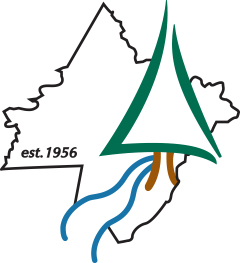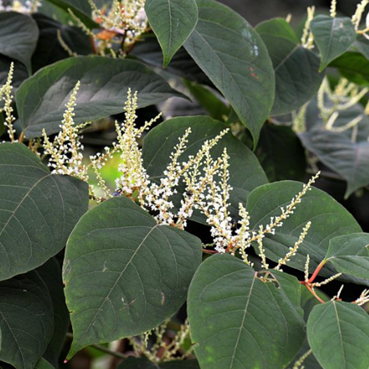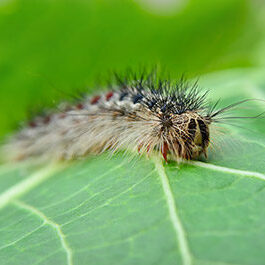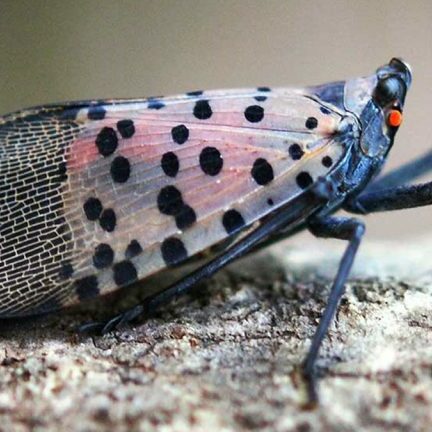
Invasive Species
According to the US Fish and Wildlife Service (USFWS), "Invasive species are non-native plants, animals and other living organisms that thrive in areas where they don’t naturally live and cause (or are likely to cause) economic or environmental harm, or harm to human, animal or plant health." Check out USFWS's Invasive Species webpage here to learn more.
Click on the images below to visit the District's webpage for each species and learn more about them.
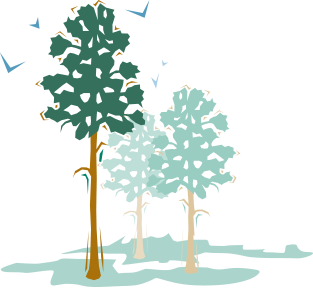
Pike County has over 120,000 acres of land that is accessible to the public for use. This includes state and national parks, state game lands, and state forests.
Enjoy our local resources, but be sure to leave only footprints. Stay on marked trails when possible, and always pick up your trash when you leave and area.
